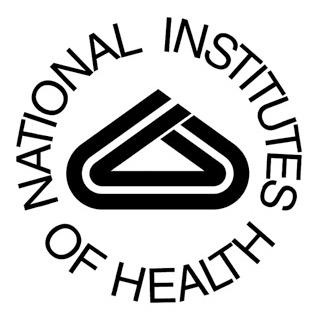
The 26-site trial, Stroke with Transfusions Changing to Hydroxyurea, (SWiTCH) analyzed 133 participants aged between 5 and 18. These participants had already experienced stroke in the past. All the participants received standard treatment of blood transfusion for minimal of 18 months and high levels of iron before the research. These children were at high risk of another stroke as well as life threatening conditions. This was mainly due to iron overload.
The researchers evaluated if the drug hydroxyurea was as effective as transfusion. Transfusion is a standard therapy used to reduce the risk of recurrent strokes. The drug hydroxyurea on the other hand is known to prevent complications of sickle cell disease in adults. Hydroxyurea is the only FDA-approved drug for treating sickle cell anemia.
The study followed two approaches to remove excess iron that was a consequence of regular blood transfusion. The first approach included regular blood transfusion with the help of standard oral iron-removal drug deferasirox. The other approach included participants who were switched to hydroxyurea and underwent regular phlebotomy (blood removal). This is done in order to eliminate excess iron accumulated from their earlier transfusions.
Deferasirox therapy was more efficient in lowering liver iron as compared to phlebotomy. The available information may be ineffective to show that phlebotomy would benefit more than deferasirox to control iron accumulation. Without having adequate benefits of the management of liver iron, the potential risks of continuing research treatments were not so promising.
“Protecting our participants is an important factor in determining whether to stop a trial,†said Susan B. Shurin, MD, acting director of the NHLBI, who is a board-certified hematologist and pediatrician. The NHLBI is part of the National Institutes of Health. “When an experimental treatment fails to meet its predetermined goals, it is best to return participants to standard treatment as soon as possible.â€
Approximately one third of participants had completed the study. They were treated and monitored for 30 months. Initially on enrollment participants were randomly assigned to either the alternative or the standard treatment group. The study’s independent Data and Safety Monitoring Board (DSMB) scrutinized results from the trial. DSMB noted that no strokes occurred in the 66 participants who received the standard therapy of blood transfusions and deferasirox. In contrast, seven strokes occurred in the group of 67 participants who received hydroxyurea with phlebotomy. The DSMB suggested stopping the trial. The NHLBI accepted the suggestion and halted the study on May 6. The study participants and their families were contacted. They discussed further care options with their health care providers.
NHLBI supported study shows that pain crisis may be prevented with hydroxyurea. This is a common complication of the disease and some lung complications in adults. Initial analyses have recommended that hydroxyurea might also help reduce the risk of stroke recurrence in children with sickle cell disease. Shurin advised that patients who consumed hydroxyurea should continue the treatment. They should consult their primary care providers in case of any doubts.
Number of strokes in at-risk children with sickle cell disease is intensely reduced by regular blood transfusions. Repeated transfusions cause side effects such as buildup of excess iron in the body. Hence researchers anticipate finding more effective and safer ways to reduce stroke risk in young patients. Iron overload can damage organs and lead to cirrhosis, poor growth and development, and heart rhythm disturbances.
“These kinds of studies are so important to finding new treatments and confirming that current standards of care are the best available options,†Shurin explained. “The field of medicine would not advance without the help of those willing to participate in clinical research. We are grateful to these young patients and their parents for helping advance treatments of sickle cell disease. Their contributions will help us find other approaches to preventing complications of sickle cell disease.â€
It was observed that around 10 percent of children with sickle cell disease suffer a stroke. If these children do not receive preventive treatment they are at a high risk of having another stroke.
The study was scheduled to run until 2012. Rho Inc. of Chapel Hill, N.C., served as the SWiTCH statistics and data management center.
